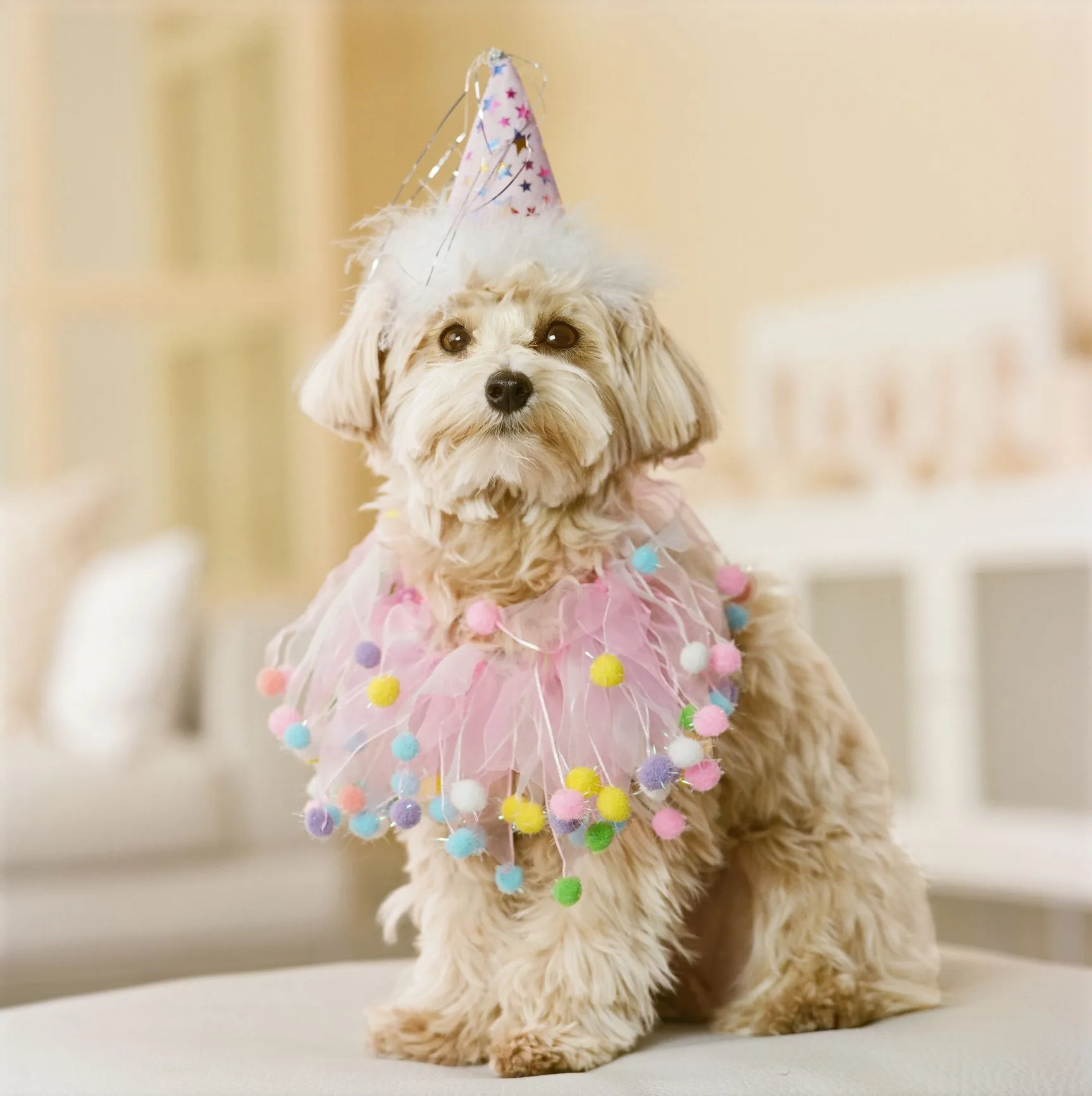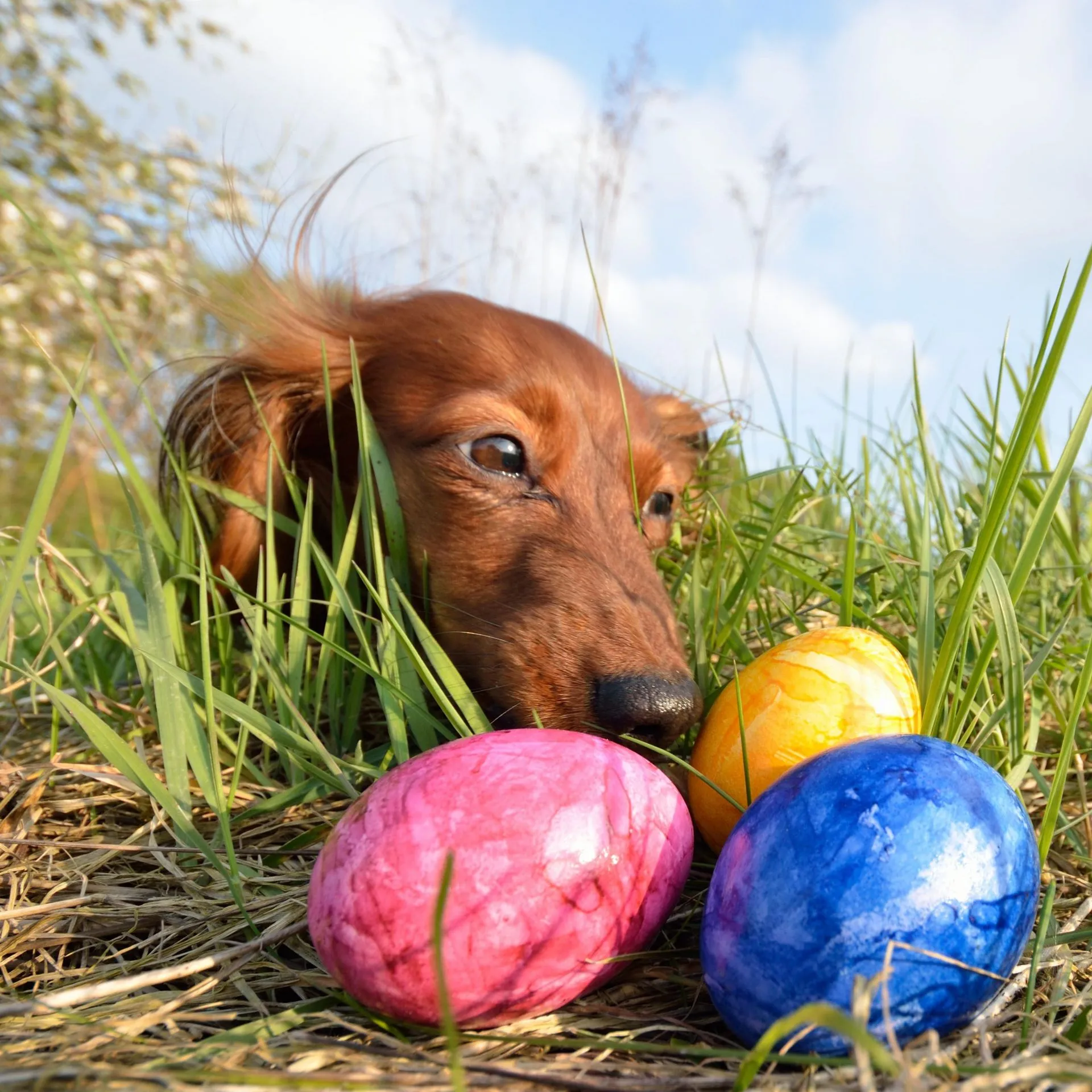When dog owners approach us about training, it’s often to address a specific behavioral challenge—perhaps a dog that barks excessively at the door, a puppy restless at night, or one that pulls on the leash. However, sometimes the goal is simply to enrich their dog’s life and teach them a few entertaining tricks. This often comes from a place of wanting to engage more with their well-behaved companion.
Like KT from Somerset, who shared: “I’ve got a lovely springer spaniel who is coming up two years old, and thankfully he’s generally pretty well behaved. What I’d love, though, is to teach him a few fun tricks that he could entertain visitors with.” This query, while seemingly straightforward, immediately raises a few crucial points. Firstly, teaching a dog to do tricks should only come after all basic training is firmly established. Secondly, it’s essential to treat your dog with the respect they deserve as a family member. While engaging in enjoyable activities together is wonderful, avoid turning them into mere performers for others’ amusement. You wouldn’t do this with children, so extend the same consideration to your canine friend. Ensuring your dog understands fundamental commands to teach a german shepherd is paramount before venturing into complex tricks.
With these guiding principles in mind, here are some key considerations when you aim to Train A Dog To Do Tricks:
 Dog looking skeptically with a warning sign
Dog looking skeptically with a warning sign
1. The Essential Foundation: Mastering Basic Obedience
My philosophy on teaching dog tricks is simple: don’t even consider starting until your dog has thoroughly mastered all essential obedience commands and exhibits impeccable manners. A truly well-behaved dog is the prerequisite for exploring anything beyond fundamental training.
I once encountered a dog whose owner had painstakingly taught it to “play dead” when she made a ‘shooting’ gesture with her fingers. She dedicated countless hours to perfecting this particular party trick, even training the dog to dramatically wave its paw in mock death throes. While undeniably impressive to witness, this dog, despite its theatrical flair, refused to execute any other basic commands. It wouldn’t sit, stay, or walk politely on a leash. Its entire repertoire was limited to this one circus-style trick, primarily motivated by pieces of cheese. This highlights the danger of prioritizing novelty over core obedience; without a strong foundation, the dog lacks practical discipline.
2. True Impressiveness: The Value of Life Commands
What truly makes a dog impressive? Is it a dog who can high-five on command, or one who patiently and calmly waits for permission to eat its food? Consider the dog that acknowledges the postman’s approach with a mere raised eyebrow instead of a frantic barking fit. Instilling essential commands such as a reliable “leave it” or teaching your dog to walk perfectly to heel are, in themselves, astonishing feats of training. These “life commands” not only demonstrate discipline but also contribute significantly to a harmonious household and a well-adjusted dog. They are the tricks that truly matter, showcasing a dog’s intelligence, trust, and responsiveness in real-world scenarios.
3. Engaging Their Minds: Memory Retrieve Games
Beyond formal commands, interactive games offer excellent mental stimulation and can be incredibly entertaining. Try memory retrieve games: take some of your dog’s favorite toys—perhaps a ball or a chew—and hide them strategically around your home, garden, or even during a walk. Then, challenge your dog to track them down. This activity provides superb fun and excellent training, firing up their minds and engaging their powerful sense of smell. Your visitors will likely be far more amazed watching your dog “go and find Teddy” on command than by seeing it walk a few steps on its hind legs. These games foster problem-solving skills and strengthen your bond.
 Dog successfully retrieving a ball from a field
Dog successfully retrieving a ball from a field
4. The Ultimate Challenge: Perfecting Recall
When people ask what the single trickiest thing to teach a dog is, the answer might surprise them: it’s not a flashy circus act, but rather a reliable recall. Everything can feel tricky with a new dog, but consistent methods build success. A dog that has spotted something enticing and taken off in full flight is often completely overwhelmed by its instincts. In that moment, the dog perceives all the fun and enjoyment it could possibly want in its chase. Therefore, being able to cut through that distraction and recall your companion back to your side is an extraordinary achievement. These vital life commands are indeed the coolest “tricks” a dog can master, proving their bond and responsiveness in critical situations.
5. When to Indulge: Enjoying Fun Tricks Responsibly
If you have truly mastered all the foundational training, and your dog genuinely enjoys interacting and learning new behaviors, then by all means, have some fun with additional tricks. Shaking hands and rolling over are excellent starting points for more entertaining maneuvers. You can also perfect games like catch, teach them to crawl along on their tummy, or play hide-and-seek. The key is that both you and your dog are enjoying the process. With a dog that is already beautifully trained in all the most important ways, you will likely find it remarkably easy to add new, engaging tricks to their repertoire, further enriching your companionship.
 Happy dog playing fetch with a ball
Happy dog playing fetch with a ball
In conclusion, while teaching your dog fun tricks can be a rewarding and enjoyable experience, always prioritize laying a strong foundation of basic obedience and good manners. These essential “life commands” not only ensure your dog is well-behaved and safe but also build the trust and responsiveness necessary for any advanced training. Once the basics are firmly established, and your dog shows enthusiasm for learning, you can confidently explore a world of fun tricks, strengthening your bond and creating memorable moments together. Focus on respectful, engaging activities that stimulate your dog’s mind and body, making every training session a positive experience.
Further Resources
This guidance is based on the proven, positive, and reward-based training methods developed by expert dog trainer Ben Randall, founder of Beggarbush. For more insights into effective dog training, always prioritize resources that emphasize humane and consistent approaches.
